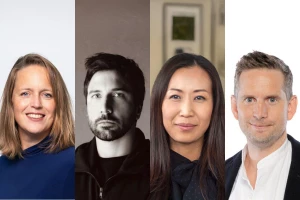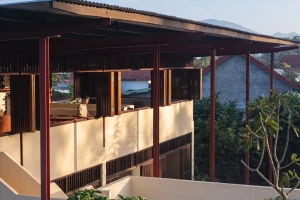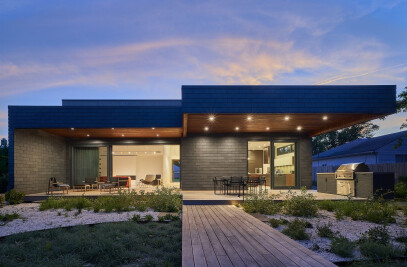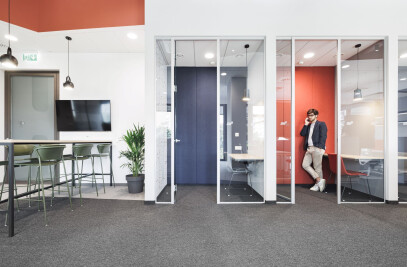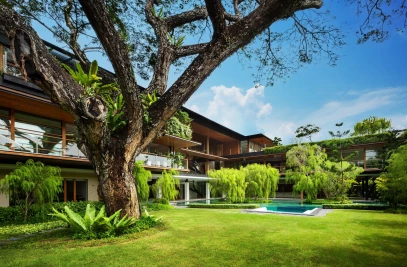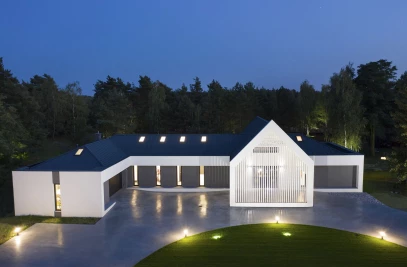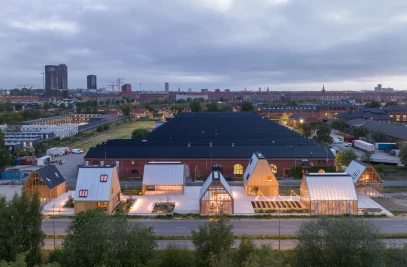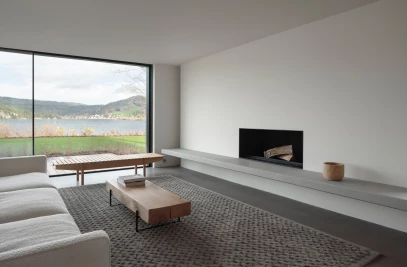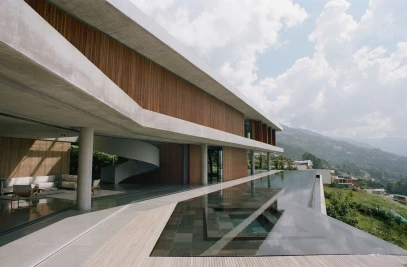The neoclassical building was built between 1850 and 1855 to a design by Johannes van Maurik as a natural history museum in addition to the Amsterdam zoo Artis. The upper galleries were the first museum rooms in the Netherlands. In 1947, financial problems forced the Groote Museum to close.

Now, 75 years later, the museum opens its doors to the public again, after an extensive renovation by Merk X. Through the demolition of outbuildings, reconstruction and annexation, The Groote Museum is restored to its former glory. The gesture is reinforced by a public square in front, a design by landscape architect Michael van Gessel, that includes a new fountain and greenhouse.

The design by Merk X restores the structural and spatial qualities of the building and updates them to 21st century demands with additional spaces and technical features hidden from sight. Where new functions were introduced, the materialization and finish makes them immediately recognizable.

The historic atmosphere was retained by keeping the authentic wooden floors and invisibly reinforced display cases, and by restoring the seriously damaged butterfly staircase in the rotunda. A subtle doubling of the handrails updated them to modern standards.

On the ground floor, at either side of the rotunda, the Tiger Room and the King's Room will be used as rentable event spaces. The historic double staircase leads to the upper floor where the East and West Halls have been redesigned as museum spaces.

The largest intervention was the addition of a new basement for lockers, information services, toilets, a checkroom and offices.

Exhibition designers Kossmanndejong asked themselves how to fit a contemporary exhibition into a building from a completely different era. On the one hand, the firm tried to show how visitors used to view nature in display cases - while giving the beautiful historical wall units themselves attention. On the other hand the designers wanted to break through this way of viewing, to show the cross-links between the various themes and make it tangible that man is part of nature.

















